Noticing an uneven shoulder? This could be due to muscle imbalances, poor posture, or prior injuries. In this article, we cover why you might have an uneven shoulder and the best exercises to fix it.
Key Takeaways
-
Uneven shoulders can result from muscle imbalances, poor posture, and structural issues like scoliosis, impacting daily activities and comfort.
-
Effective solutions include regular stretching and strengthening exercises, as well as lifestyle changes like ergonomic adjustments to prevent further imbalances.
-
Seeking professional help is important for persistent discomfort or visible shoulder asymmetry to ensure proper diagnosis and treatment options.
Understanding Uneven Shoulders

Uneven shoulders are a common condition that many people experience at some point in their lives. It doesn’t necessarily mean there’s something seriously wrong, but it can indicate an imbalance in your body’s alignment and muscle use. Recognizing shoulder anatomy helps identify imbalances and understand their implications, particularly the role of shoulder alignment in body posture.
Healthy shoulders significantly enhance overall quality of life, as imbalances can lead to discomfort and complications, complicating daily activities. Variations in shoulder alignment can range from slight to significant, indicating possible underlying issues that affect shoulder structures and functionality.
Identifying the causes, impacts, and solutions for uneven shoulders is the first step to achieving shoulder health. Here are the primary causes of this condition.
Causes of Uneven Shoulders
Muscle imbalance often leads to uneven shoulders, typically caused by overuse or favoring one side more than the other. Activities that require repetitive motion or heavy lifting on one side can create significant muscle imbalances. Poor posture is another major factor. It can create tight and weak muscle sets that affect alignment, leading to one shoulder appearing higher than the other.
Structural issues, such as leg length discrepancies, can also lead to misalignments in the body, making one shoulder appear higher than the other. Furthermore, arm dominance results in differences in muscle size and strength between arms, contributing to shoulder imbalance.
By understanding these causes, you can address the root problem and implement effective solutions to fix uneven shoulders.
Impact on Shoulder Health
Prolonged unevenness in shoulder alignment can lead to chronic pain and limit mobility in daily activities. Over time, worsening muscle imbalances and strain on the spine can occur if uneven shoulders are not treated. Even a slight uneven shoulder posture can lead to issues and restricted mobility over time.
Structural spinal issues can cause not just shoulder misalignment but also unevenness in the rib cage and hips. Poor alignment can cause wear and tear on shoulder joints, resulting in arthritis.
Identifying uneven shoulders often involves observing visible differences in shoulder height and assessing any discomfort during movement, which can contribute to a significant difference in an uneven appearance. If both shoulders are at the same height, it may indicate a balanced alignment. Additionally, rounded shoulders and asymmetrical shoulders can also be a factor in these observations.
Common Causes of Shoulder Imbalance

Several factors can contribute to shoulder imbalance, including poor posture, a sedentary lifestyle, and injuries. Poor posture can lead to muscle fatigue, joint pain, and reduced mobility in the shoulders, making it a common cause of imbalance. Daily activities, hobbies, and job responsibilities also contribute significantly to the visual asymmetry of the body.
The overuse of one shoulder, whether due to carrying heavy bags or favoring one side during physical activities, can exacerbate the muscles surrounding muscle discrepancies, making a big difference in injuries or structural changes in the body that can also lead to noticeable changes due to adaptation.
The effects of uneven shoulders can include:
-
Pain
-
Bad posture
-
Difficulty with daily tasks
-
Back pain
Recognizing these common causes aids in identifying potential issues and implementing corrective measures to improve shoulder alignment.
Poor Posture and Forward Head Posture
Poor posture can lead to muscle fatigue, joint pain, and reduced mobility in the shoulders. Over time, muscle problems and poor posture can worsen, resulting in discomfort and various issues. Common issues associated with uneven shoulders include muscular imbalances and chronic pain.
Prolonged postures, like sitting at a desk, commonly contribute to shoulder muscle imbalances. Ergonomic workspace adjustments can prevent these issues and promote better posture. Incorporating movement into your daily routine can mitigate shoulder pain and improve overall posture.
Muscle Imbalances and Overuse
Muscle imbalances often stem from repetitive activities or specific injuries affecting one side more than the other. Common reasons for favoring one shoulder include using one hand for activities, carrying heavy bags, and a sedentary lifestyle. Sports involving heavy use of one arm can result in uneven shoulders due to shoulder muscle imbalance.
Injuries that go untreated can exacerbate existing shoulder imbalances, complicating recovery. Previous injuries can worsen shoulder imbalance and muscle differences, leading to a higher risk of uneven shoulders. Overuse or underuse of muscles can cause one shoulder to be higher, leading to uneven shoulders.
Favoring one side during physical activities can create muscle imbalances that affect shoulder position. Underusing certain shoulder muscles while overusing others can lead to one shoulder being higher than the other. An injury elsewhere in the body, like a hip injury, can cause muscle imbalances that affect shoulder alignment.
Scoliosis and Spine Issues
Scoliosis is an abnormal lateral curvature of the spine. It alters how the body lines up, creating unevenness, and is commonly associated with uneven shoulders. One shoulder may appear lower than the other due to scoliosis. Scoliosis can cause discomfort and posture problems, leading to potential shoulder issues.
Right thoracic scoliosis is noted to particularly impact shoulder height. Recognizing the implications of scoliosis aids in identifying shoulder misalignment. Scoliosis can result in one shoulder appearing higher than the other, affecting overall posture and balance.
Diagnosing Uneven Shoulders

Diagnosing shoulder imbalances is crucial for addressing the issue effectively. Common signs of uneven shoulders include noticeable height differences and discomfort during movement. Shoulders misalignment often presents with one shoulder higher than the other.
Next, we will explore self-assessment techniques and the importance of professional diagnosis.
Self-Assessment Techniques
Individuals can check shoulder alignment by standing with their back against a wall and observing the distance between their shoulders and the wall.
Using a mirror for comparison can help an individual detect asymmetry in shoulder height. Regular self-assessments can help individuals monitor their shoulder alignment and take proactive steps if they notice any issues.
Professional Diagnosis
Physical exams and X-rays are commonly used methods for diagnosing spine-related shoulder issues. Measuring shoulder internal rotation (IR) and external rotation (ER) helps assess progress in shoulder rehabilitation, particularly concerning the rotator cuff.
Seeking professional assessment is crucial for accurately diagnosing shoulder problems.
Effective Exercises to Correct Uneven Shoulders

Stretches and exercises can be effective remedies for uneven shoulders. Regular stretching exercises for the upper back can significantly enhance shoulder alignment. Incorporating stretches into daily routines can alleviate tension in the shoulders and promote even alignment.
Regularly performing shoulder-strengthening exercises can help prevent injuries. Incorporating regular strength training can help maintain shoulder stability and reduce the risk of uneven shoulders. Consistency in performing corrective exercises plays a crucial role in achieving balanced shoulder alignment.
Stretching Exercises
Dynamic stretches targeting the chest and upper body and upper back can aid in improving shoulder posture. Stretching exercises are essential for addressing muscle tightness that contributes to uneven shoulders.
Adding these dynamic stretches to your routine can help maintain balanced shoulder alignment.
Strengthening Exercises
Use proper form and gradually increase repetitions during strengthening exercises. Healthcare providers may suggest custom exercise regimens to improve shoulder balance. Internal rotation exercises specifically target shoulder muscle imbalances.
The Prone Y Lift-Off exercise targets and strengthens the lower trapezius muscle, contributing to overall shoulder health.
Yoga and Flexibility Routines
Certain yoga poses can specifically target the shoulders, facilitating better alignment and increased flexibility.
Lifestyle Adjustments for Better Shoulder Alignment

Proper posture, good hydration, and maintaining a healthy weight all support shoulder health. Taking breaks during repetitive shoulder activities can also help prevent overuse injuries.
The dominant shoulder often appears lower due to the constant use of one leg side, such as carrying a heavy bag on the left side; one shoulder is higher on the opposite side and the shoulder is higher on the right side.
Ergonomics at Work
Focusing on ergonomics benefits the body by helping the spine and improving overall bone and muscle health. Setting up an ergonomic workspace helps reduce strain on shoulders and promotes better alignment. Comfortable chairs and adjustable desks can aid in maintaining proper alignment and addressing various lifestyle factors. They also contribute to keeping you pain-free.
Regularly changing your posture and taking breaks can significantly reduce the risk of shoulder fatigue and misalignment.
Daily Habits for Good Posture
Improving posture and shoulder health involves sitting and standing with balanced alignment, arranging your workspace for comfort, stretching frequently, and keeping the spine straight. Regular exercises, like strengthening back muscles and stretching the chest and upper back, are crucial for addressing uneven shoulders.
Daily habits that encourage good posture can significantly reduce the risk of uneven shoulders. Consistently establishing these habits promotes better posture and long-term shoulder health.
Importance of Regular Movement
Regular movement is crucial for preventing pain and poor posture linked to shoulder imbalance. Yoga strengthens muscles and improves balance, benefiting those with uneven shoulders.
When to Seek Professional Help
Persistent shoulder discomfort or misalignment can indicate the need for professional evaluation. If uneven shoulders lead to severe pain or discomfort, it is necessary to address the issue. Children and adolescents are particularly advised to seek help for shoulder imbalances.
In severe cases, medical attention may be necessary. This could be needed for issues related to uneven shoulders. Severe shoulder conditions warrant a doctor’s visit.
Signs You Need a Physical Therapist
Persistent discomfort in the shoulder area may indicate the need for professional intervention. If you observe a noticeable shoulder asymmetry that hampers your daily activities, consulting a professional is advisable.
Treatment Options from Healthcare Providers
Seeking professional help is crucial for effectively addressing uneven shoulders, especially in severe cases. A healthcare provider suitable for addressing uneven shoulders includes doctors, physical therapists, massage therapists, and licensed healthcare professionals.
Healthcare professionals may recommend physical therapy and guidance to avoid habits that could worsen shoulder imbalances. Monitoring progress and reporting concerning symptoms to healthcare professionals ensures effective treatment and recovery.
Preventive Measures for Shoulder Health
Exercises and posture changes are effective strategies for improving body symmetry over time. Ergonomic adjustments reduce body stress and maintain balance, preventing shoulder issues. Maintaining shoulder health through preventive measures can help avoid the development of uneven shoulders and related issues.
Incorporating regular exercises, mindful posture, and ergonomic practices into your routine can significantly contribute to shoulder health.
Warmup and Cooldown Techniques
Proper warmup increases blood flow and prepares the body for exercise, which prevents shoulder injuries. Dynamic warm-ups prepare the shoulder joint by increasing muscle temperature and flexibility, essential for injury prevention. Effective shoulder warmup techniques include gentle arm circles, shoulder rolls, and dynamic stretches to increase blood flow.
Stabilization techniques are crucial in strengthening shoulder girdle muscles, supporting alignment and proper function. When increasing workout intensity, focus on maintaining good form and gradual progression to prevent injuries.
Maintaining Balanced Muscle Development
Maintaining balanced muscle development is vital for overall shoulder health and function. Incorporating a variety of workouts helps to prevent muscle imbalances that can lead to uneven shoulders. Effective exercises such as unilateral movements can help strengthen underdeveloped muscles for better shoulder symmetry.
Consistent and varied workouts are key to achieving and maintaining balanced muscle development.
Summary
Uneven shoulders can be more than a cosmetic issue; they can lead to significant discomfort and mobility challenges. By understanding the causes, such as poor posture, muscle imbalances, and structural issues like scoliosis, you can take proactive steps to address and prevent shoulder imbalances. Diagnosing the issue through self-assessment or professional evaluation is crucial for effective treatment.
Implementing targeted exercises, maintaining good posture, and making ergonomic adjustments in your daily life can significantly improve shoulder alignment. Remember, prevention is key. Consistent exercise, mindful posture, and regular movement can help maintain balanced shoulders and overall shoulder health. Stay proactive, and your shoulders will thank you!
Frequently Asked Questions
What are the common causes of uneven shoulders?
Uneven shoulders are often caused by poor posture, muscle imbalances, overusing one shoulder, structural issues like leg length discrepancies, or conditions like scoliosis. It's important to address these factors to improve shoulder alignment.
How can I self-assess my shoulder alignment?
A great way to self-assess your shoulder alignment is by standing with your back against a wall to see if both shoulder blades touch it evenly. You can also use a mirror to spot any asymmetry for a clearer picture.
What exercises can help fix uneven shoulders?
To fix uneven shoulders, try dynamic stretches for your chest and upper back, along with strengthening exercises like internal rotation and Prone Y Lift-Off. Incorporating yoga poses for shoulder alignment can also make a big difference.
When should I seek professional help for shoulder imbalances?
You should seek professional help for shoulder imbalances if you have ongoing discomfort or see a noticeable asymmetry that affects your daily life. It's best to get a tailored treatment plan from a healthcare professional to address the issue effectively.
What lifestyle adjustments can help maintain better shoulder alignment?
To keep your shoulders aligned, focus on maintaining good posture and creating an ergonomic workspace. Also, make sure to stay hydrated, manage your weight, and include regular movement and stretching in your daily routine.




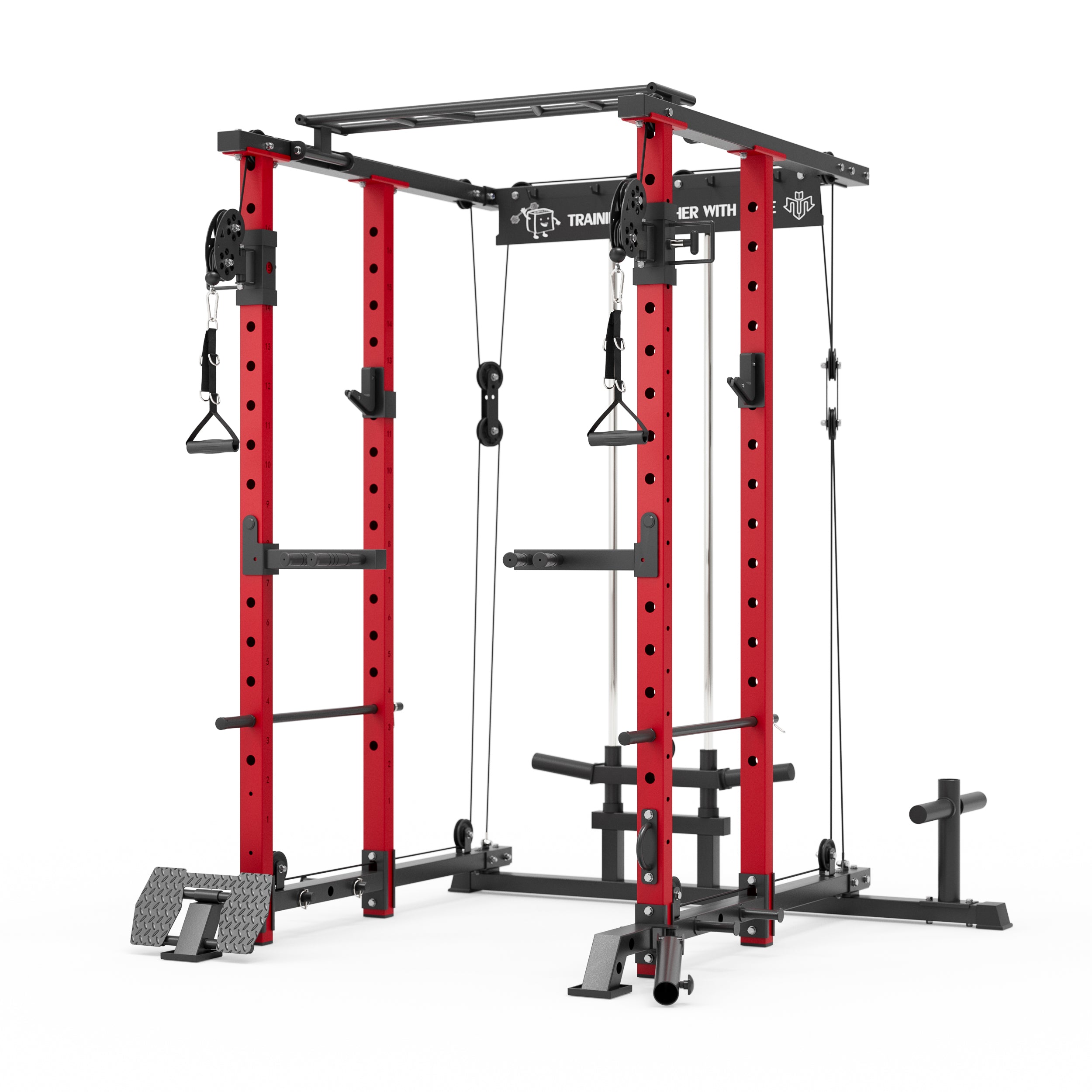


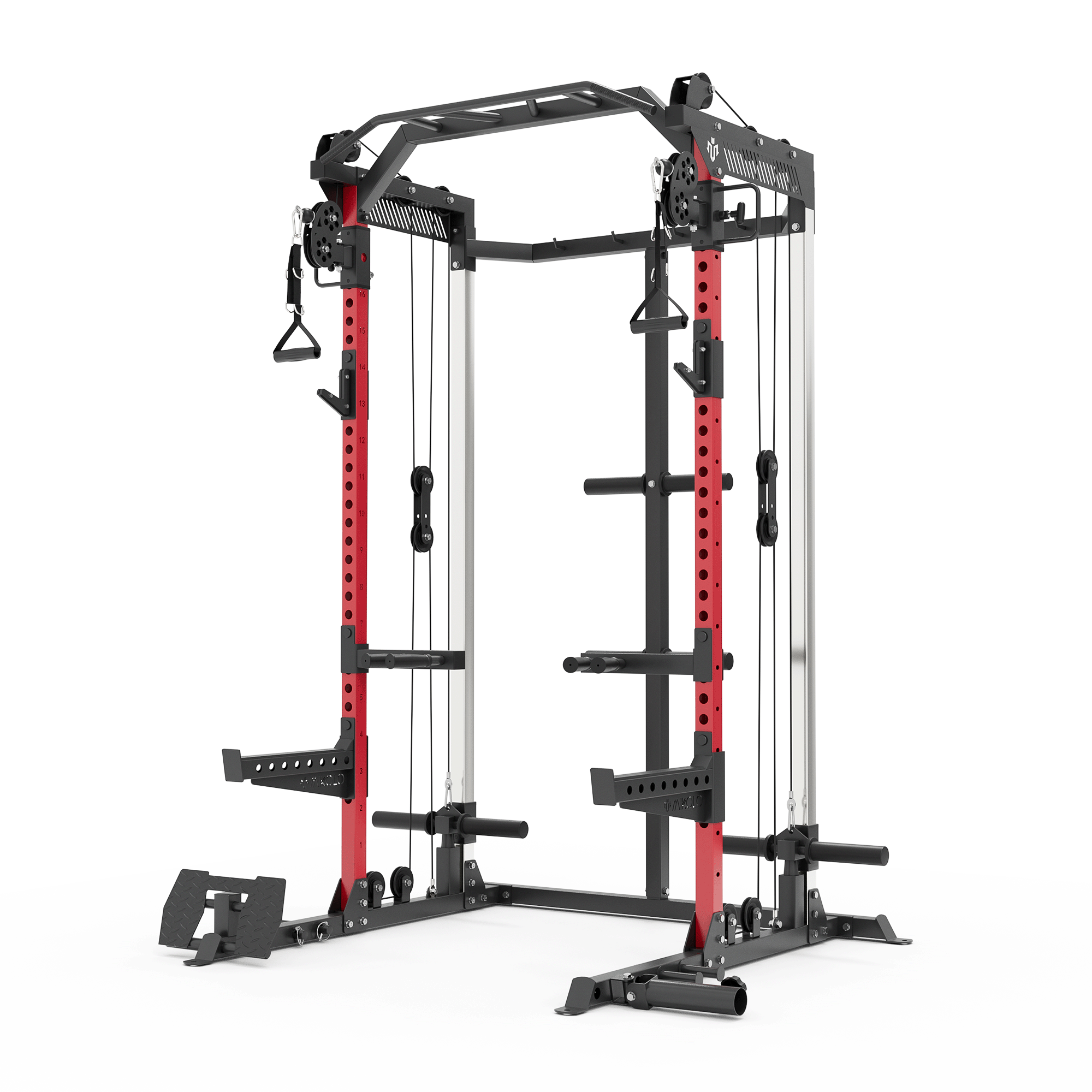
























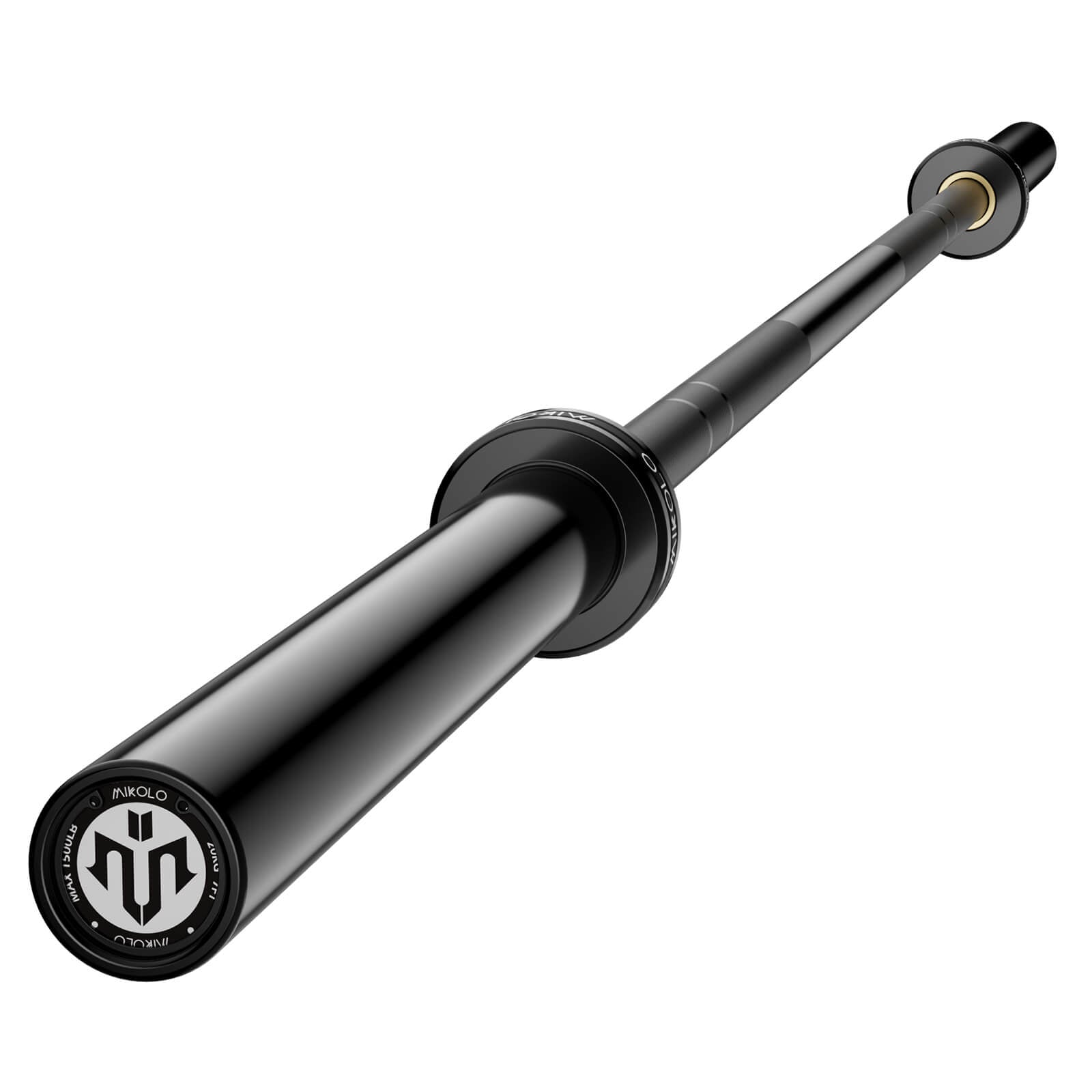









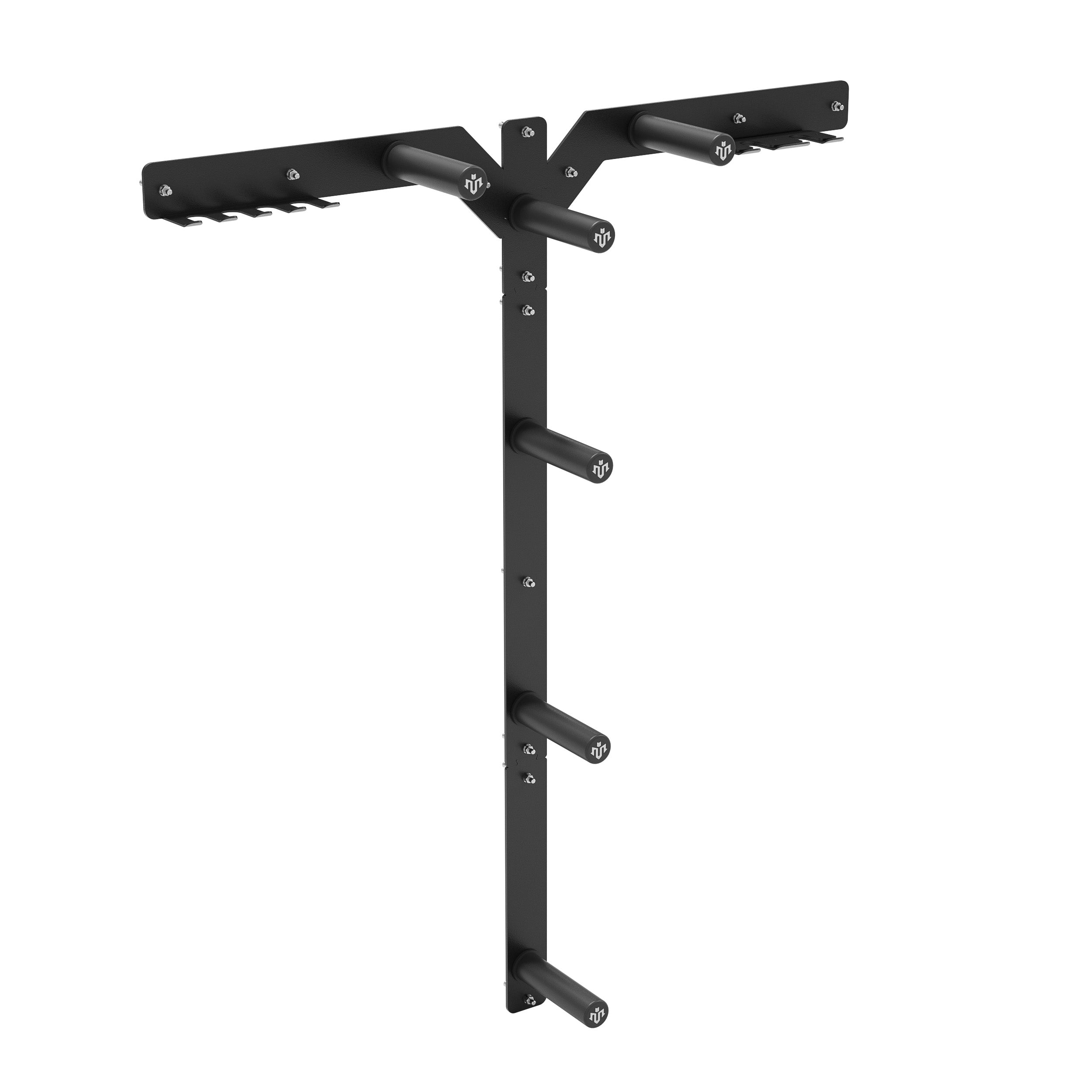





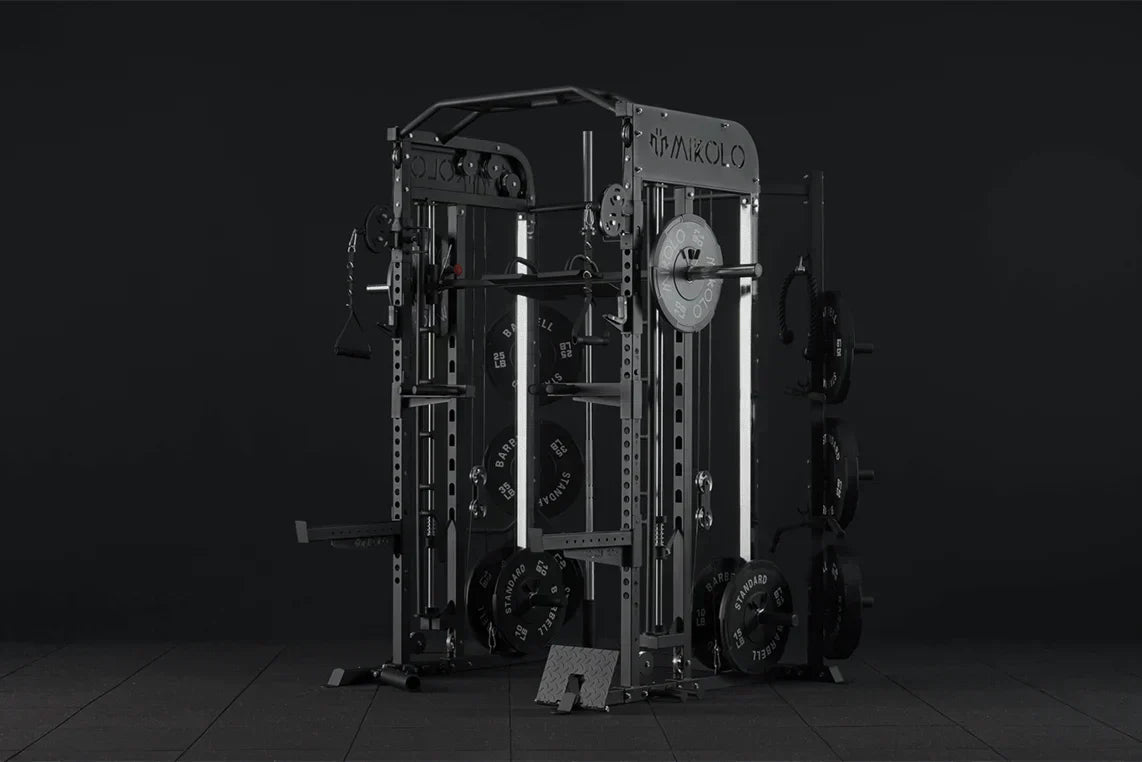
Leave a comment
This site is protected by hCaptcha and the hCaptcha Privacy Policy and Terms of Service apply.